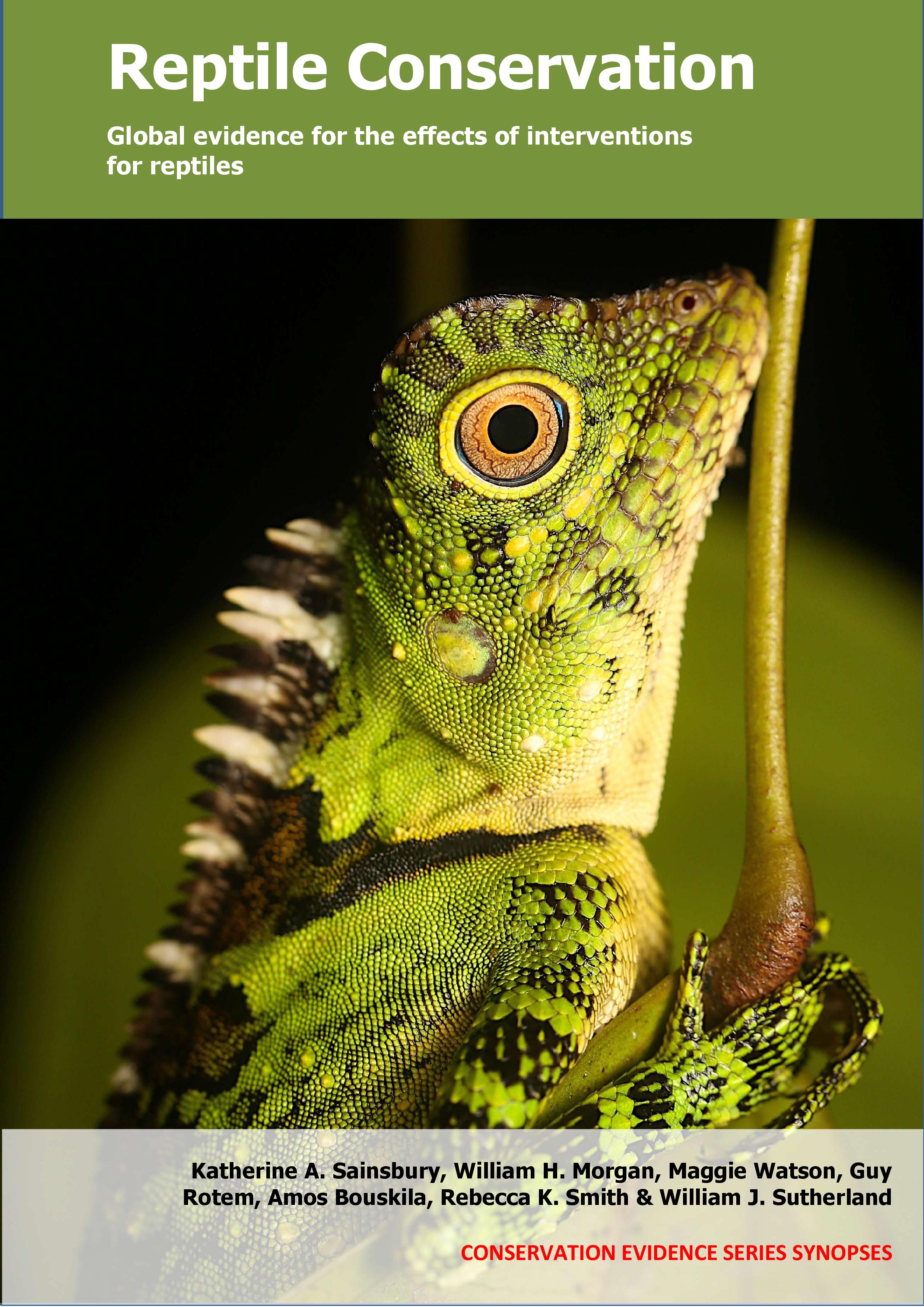Provide or maintain hedgerows on farmland
-
Overall effectiveness category Awaiting assessment
-
Number of studies: 1
View assessment score
Hide assessment score
How is the evidence assessed?
-
Effectiveness
not assessed -
Certainty
not assessed -
Harms
not assessed
Study locations
Supporting evidence from individual studies
A site comparison study in 2012 in two sites of tropical dry forest and farmland in south-western Madagascar (Nopper et al. 2017) found that a site with hedges throughout different habitats had smaller differences in reptile communities than those without hedges, and that cultivated areas with hedges had more species than cultivated areas without hedges. The similarity of reptile communities in cultivated areas, undegraded forest and degraded forest was higher in the site with hedges than in the site without hedges (result reported as a dissimilarity index). Nine species were found in cultivated areas with hedges (1–19 individuals) that were not found in cultivated areas with no hedges, whereas the opposite was true for only two species (1–3 individuals). Two sites were selected that contained undegraded forest, degraded forest and cultivated areas. In one site, hedges (2 m high, containing non-native Opuntia spp. and native vegetation e.g. Euphorbia stenoclada) surrounded cultivated areas and bordered degraded forest. The other site had no hedges. Eight 100 m transects were established in each habitat, and all reptile species were recorded within 1.5 m of the transect line (10 surveys in February–April 2012). In cultivated areas transects followed field boundaries with or without hedging.
Study and other actions tested
Where has this evidence come from?
List of journals searched by synopsis
All the journals searched for all synopses
This Action forms part of the Action Synopsis:
Reptile Conservation
Reptile Conservation - Published 2021
Reptile synopsis





)_2023.JPG)














